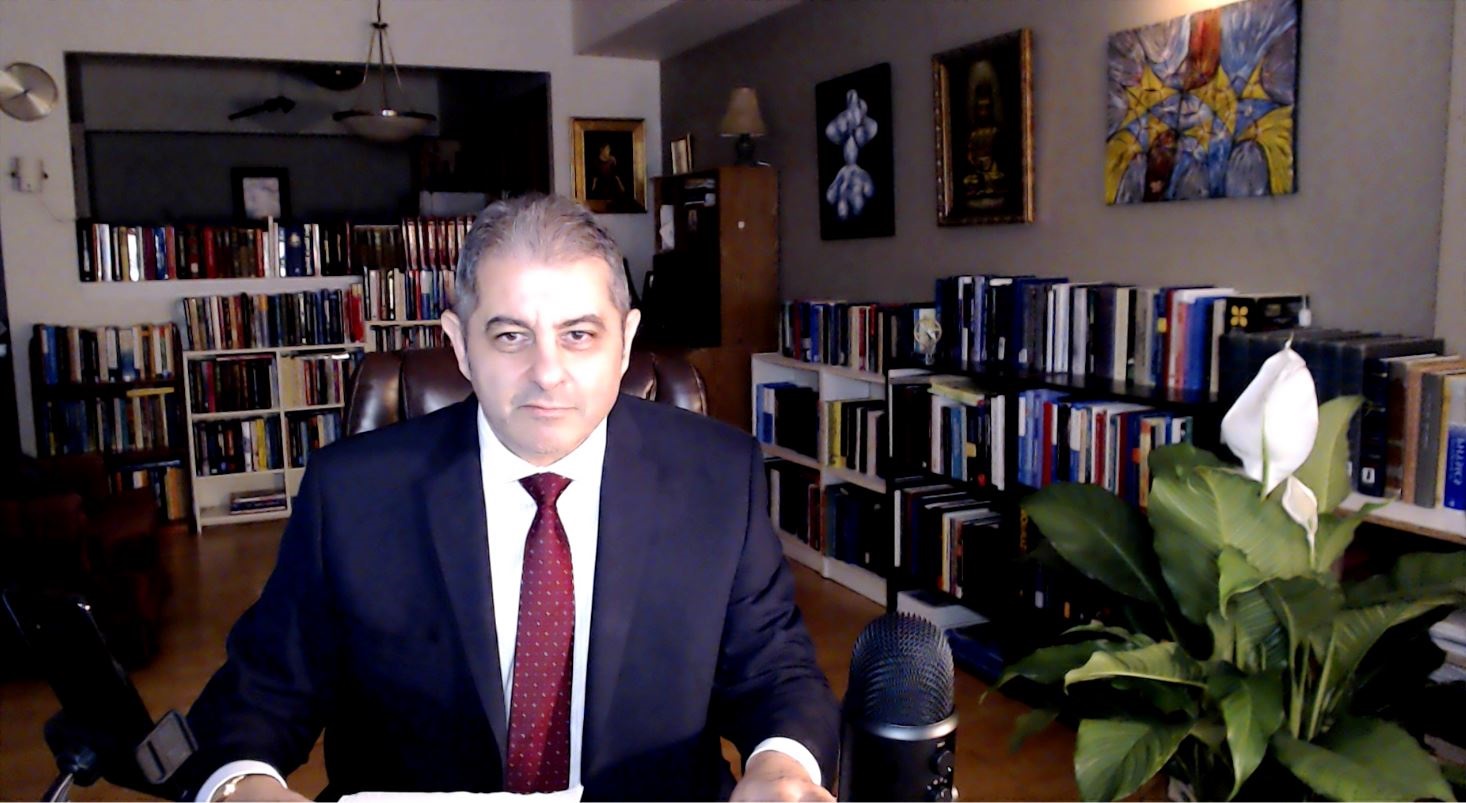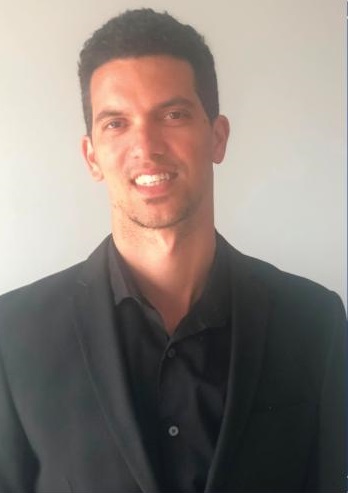
Ph.D. candidate Lázaro A. M. Castanedo and his adviser Chérif F. Matta are trying to answer one of the fundamental questions of molecular evolution: Why did nature pick the particular DNA structure humans have now as a carrier of our genetic information instead of other equally plausible choices? 
“In the absence of constraints, nature’s chemical reactions always choose the path that is the least costly in terms of Gibbs (free) energy,” explains Matta, who is a professor at the Department of Chemistry and Physics at Mount Saint Vincent University. Gibbs (free) energy balances the tendency of nature to increase randomness as time progresses and its tendency to seek the lowest possible energy. “Could nature have made less costly choices than those that led to today’s DNA? If so, why didn’t it?”
Describing the project, Castanedo, who is pursuing his PhD at Saint Mary’s University in collaboration with Mount Saint Vincent, says he compares the energies of different combinations of building blocks of nucleic acids (that is to say DNA and RNA). In addition, chemistry textbooks provide ample descriptions of the structural and chemical differences between DNA and RNA, but Castanedo and Matta want to know why that is, and if the observed forms are somehow energetically advantageous.
As an extension of this work, they are also investigating whether some of the nucleotides nature hasn’t chosen have applications in drug development.
“One of the applications of discovering new nucleotides is that they can be used to produce similar molecular structures for drug discovery,” says Castanedo, who received the 2020 Abe Leventhal Research Bursary from the Alzheimer Society of Nova Scotia for his work in developing molecules to prevent and detect dementias. “They could be used to develop new treatments for Alzheimer's, cancer, and other diseases.”
Castanedo says he could do this research in a lab by synthesizing and comparing the components, which would take decades worth of human labour, or, he could approach it theoretically using computers, taking a fraction of the time.
“We predict what happens in the ‘real world’ using the computational infrastructure of the Digital Research Alliance of Canada and ACENET, which has thousands of cores and a panoply of state-of-the-art computational quantum chemistry software,” he says. “So, you can actually create a model of this molecule on the computer and obtain, among many other properties, its Gibbs energy.”
Castanedo is one of Saint Mary's heavier users — with 235,000 CPU hours in 2022 alone (about 27 years of CPU time) — because he’s been analyzing a total of 2,530 molecules for this project.
“For each of these molecules, a CPU needs to run continuously anywhere from, say, 20 to 200 CPU hours. These calculations are computationally intense, as we use high levels of quantum chemical theory, such as density functional theory (DFT), to obtain accurate predictions,” he says.
“They generate a lot of data,” Matta says, “so you need to know what you are looking for — a needle in the haystack so to speak.”
While preliminary data has already been made publicly available, much of this work is yet to be published.
Spring, 2023